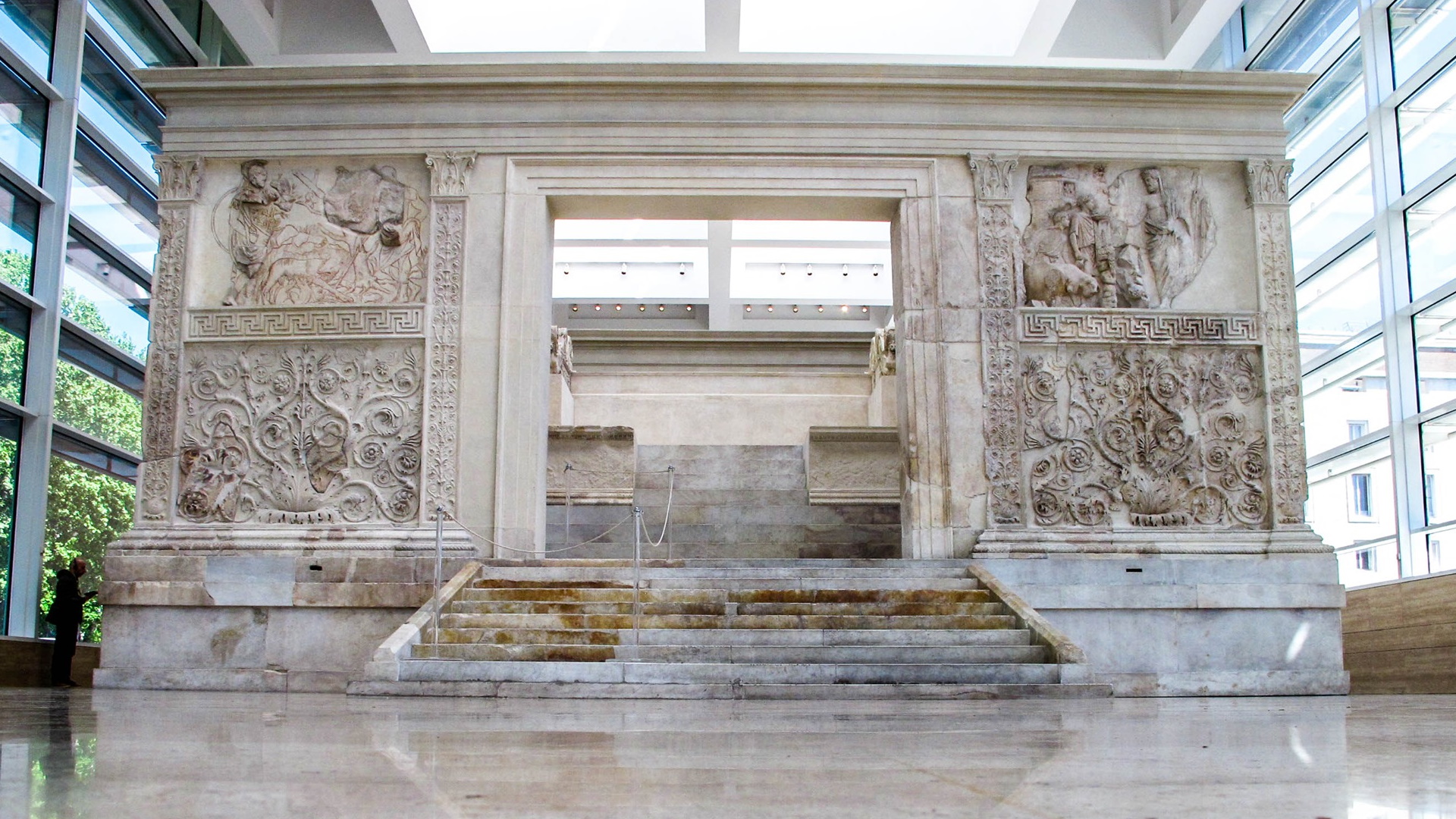
The Rione IV - Campo Marzio is located in one of the oldest areas of Rome, which, since ancient times, was consecrated to the God Mars and used for military exercises.
Today, it is a lively and elegant place, almost entirely dedicated to shopping and relaxation. Here, in fact, you can indulge in the wildest shopping in luxury shops or sip a cocktail in some of the most sumptuous hotels in the historic center. The Rione Campo Marzio includes streets and squares such as Piazza del Popolo, Piazza di Spagna, Via dei Condotti and Via Margutta, Via Borgognona, Via del Babuino, and Via della Croce. It is a corner of the city among the most refined and sought after where you can stroll among the boutiques and ateliers of the most famous names in fashion and accessories in the world.
Among the most important monuments, archaeological sites and religious buildings present in the rione, we can evoke fascinating and well-known places such as the Pincio, from whose terrace you can admire unforgettable sunsets, the 16th-century Villa Medici, home of the Accademia di Francia, and the Casina Valadier, a delightful neoclassical villa in the heart of Villa Borghese, the Basilica of Santa Maria del Popolo, one of the most significant buildings of the Roman Renaissance where you can admire masterpieces by Raffaello, Pinturicchio, Bernini, and Caravaggio, the Church of the Santissima Trinità dei Monti, one of the five French-speaking Catholic churches in Rome, the Ara Pacis Museum which houses the Ara Pacis Augustae, the monument that celebrates the victories of Augustus and symbolizes the establishment of peace in the Roman Empire after about a hundred years of wars, the Mausoleum of Augustus, the tomb that the emperor had built for himself and his family: forty-four meters high and eighty-nine in diameter around which there was a grove of poplars and laurels, where you could walk - as Goethe wrote - next to "immortal death".
During the period of the Antonines, the area on which the district extends was the scene of a huge building boom that led to the construction of temples, theaters, arcades, stadiums, and baths. There were over 2777 insulae and 140 patrician Domus, which, even today, you can discover on the Forma Urbis, the marble map of the city commissioned by Septimius Severus at the beginning of the 3rd century.
Borders: Piazzale Flaminio, Via Luisa di Savoia, Lungotevere Arnaldo da Brescia, Lungotevere in Augusta, Piazza del Porto di Ripetta, Lungotevere Marzio, Via del Cancello, Via dei Portoghesi, Via della Stelletta, Piazza Campo Marzio, Via degli Uffici del Vicario, Via di Campo Marzio, Piazza San Lorenzo in Lucina, Via Frattina, Piazza Mignanelli, Via dei Due Macelli, Via Capo le Case, Via Francesco Crispi, Via di Porta Pinciana, Viale del Muro Torto.
The coat of arms of the rione is a silver half-moon on a blue background.
The Pincio terrace and promenade
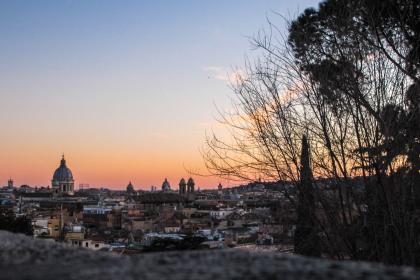
 Condividi
Condividi
French Academy Villa Medici
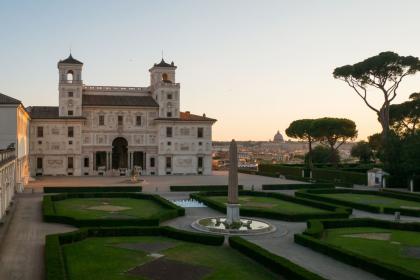
 Condividi
Condividi
Casina Valadier
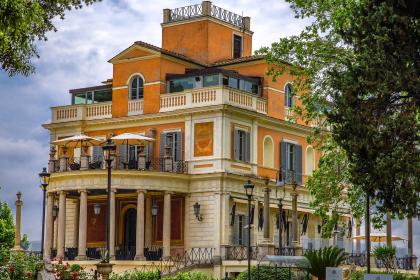
 Condividi
Condividi
The Basilica of Santa Maria del Popolo
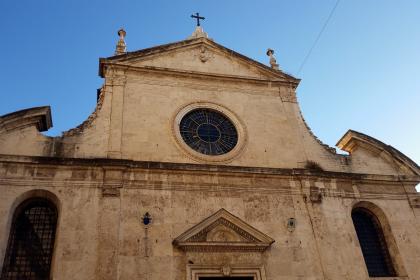
 Condividi
Condividi
The Church of the Santissima Trinità dei Monti
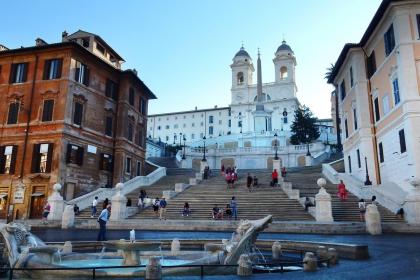
 Condividi
Condividi
Ara Pacis Museum
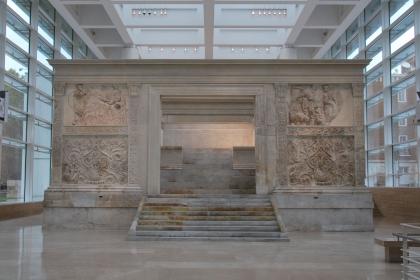
 Condividi
Condividi
The Mausoleum of Augustus
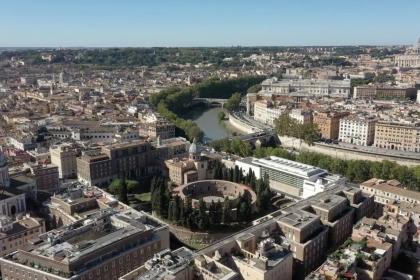
 Condividi
Condividi











































